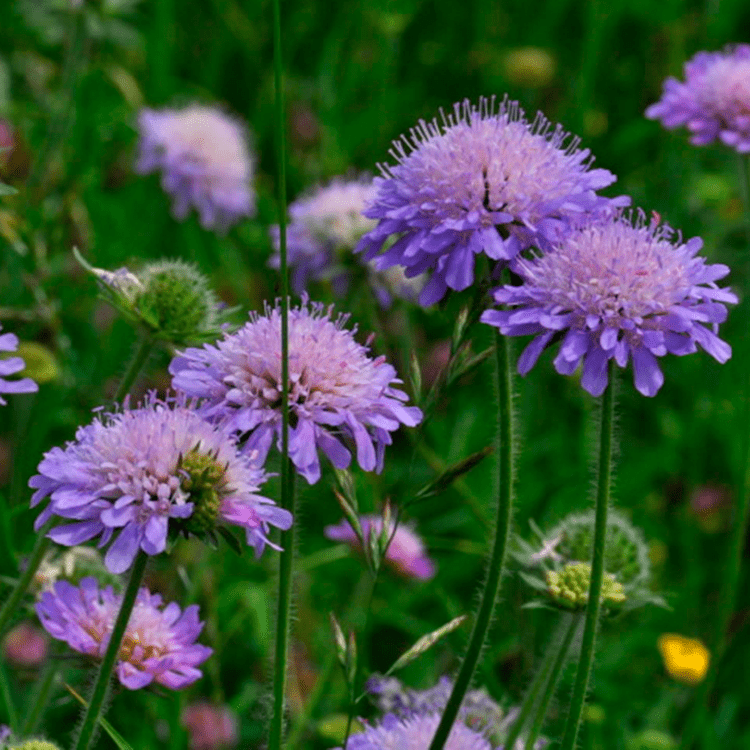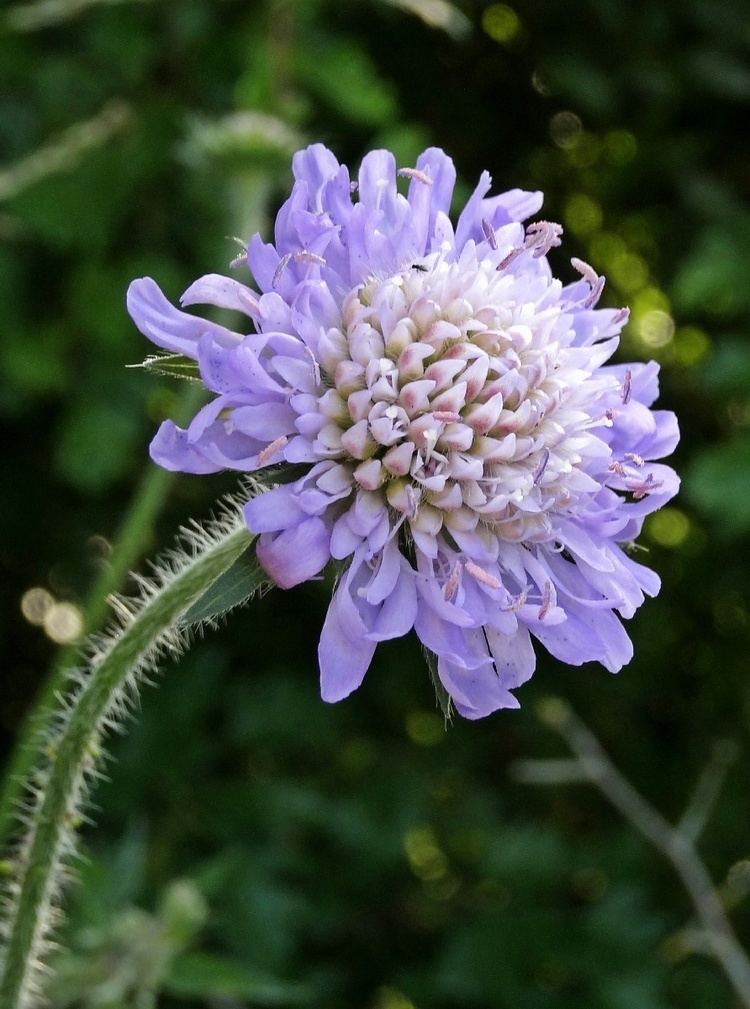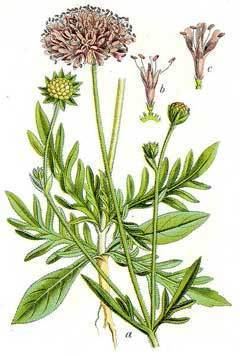Rank Species | Genus Knautia Higher classification Knautia | |
 | ||
Similar Knautia, Succisa pratensis, Scabious, Dipsacaceae, Centaurea jacea | ||
Field scabious knautia arvensis 2012 06 02
Knautia arvensis, commonly known as field scabious, is a species in the genus Knautia.
Contents
It is a perennial plant that grows between 25 and 100 cm. It prefers grassy places and dry soils, avoiding heavy soils, and flowers between July and September. The flowered head is flatter than similar species devils bit scabious and small scabious. There are 4 stamens in each flower, and 1 notched long stigma.
The fruit is nut like, cylindrical and hairy, 5–6 mm in size.
It has a tap root. The stem has long stiff hairs angled downwards. There are no stipules.
The leaves form a basal rosette, are paired on the stem, the lowest typically 300 mm long, spear shaped, whereas the upper are smaller.
It is occasionally used by the marsh fritillary as a foodplant instead of its usual foodplant of devils bit scabious (Succisa pratensis). It is also the foodplant of the narrow-bordered bee hawk-moth (Hemaris tityus).

Field scabious knautia arvensis 2012 06 11
Name

Species of scabious were used to treat scabies, and many other afflictions of the skin including sores caused by the bubonic plague1. The word scabies comes from the Latin word for "scratch" (scabere). Another name for this plant is gipsy rose3. The genus Knautia is named after a 17th-century German botanist, Christian Knaut.

